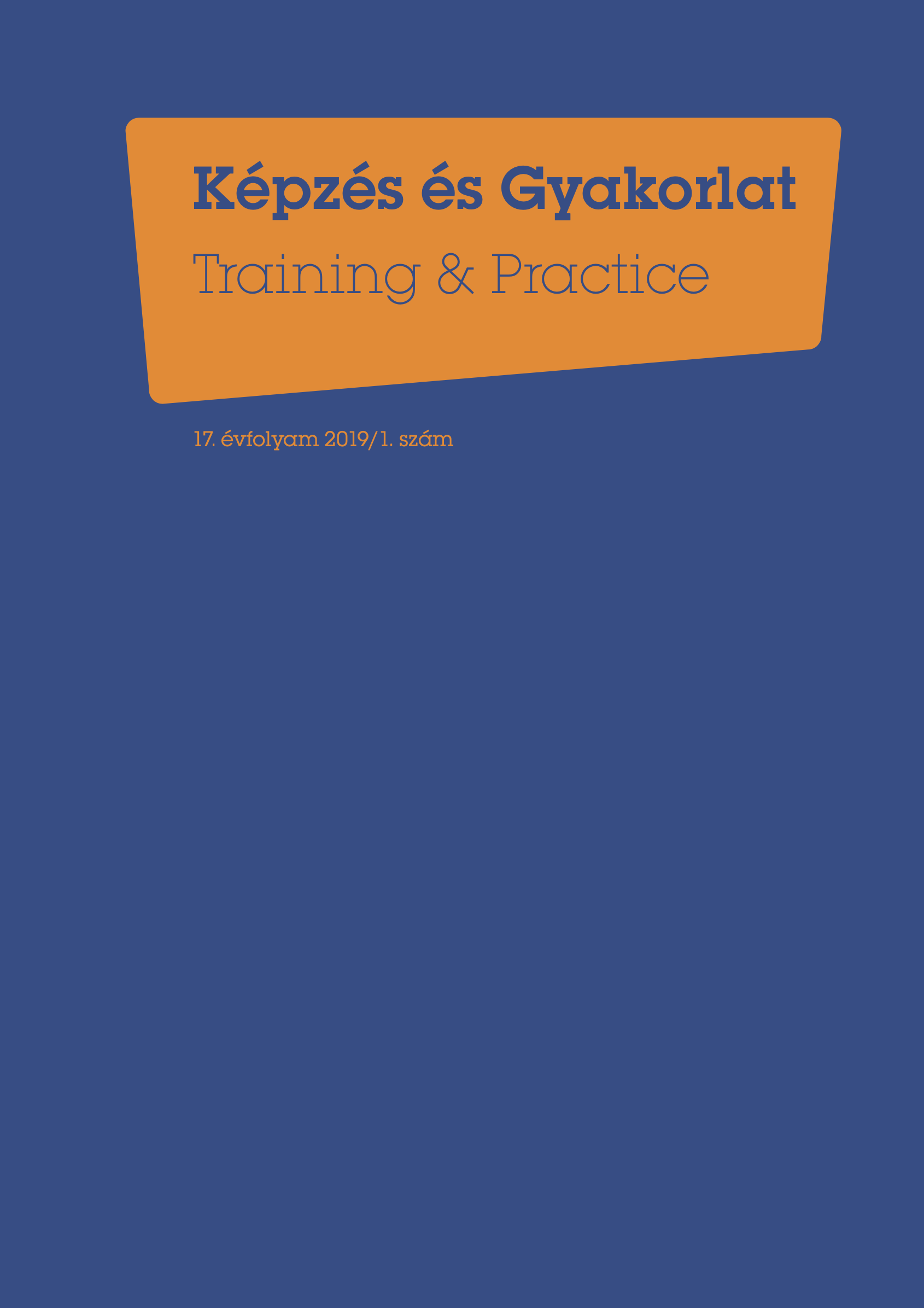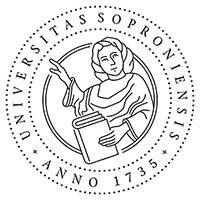Becoming a good chamber musician – a Kodály approach
DOI:
https://doi.org/10.17165/TP.2019.1.12Abstract
The Kodály-concept is often associated with the relative solfa and choir singing. Both are important features, although the concept involves variable forms of activities. Being a member of the academic staff at the University in Győr, I have had the opportunity to teach methodology for primary school teachers as well as keyboard skills and solfeggio to professional instrumentalists at university level. In the course of my research conducted among my students at the Faculty of Arts of Széchenyi University, I experienced that the difference in the background of primary school music education might influence the development of future musical competences. Due to the limitations of this paper, I will focus on competences which may have an effect on being an accomplished chamber musician.
Literaturhinweise
Goleman, D. (1995). Emotional Intelligence. New York: Bantam Books.
Gonda, J. (1997). A rögtönzés világa. Budapest: EMB.
Kerettanterv az általános iskola 1-4. évfolyamára. Ének-zene Kerettanterv. [online] http://kerettanterv.ofi.hu/01_melleklet_1-4/index_alt_isk_also.html [2018.03.14.]
Kodály, Z. (1964). Visszatekintés. Összegyűjtött írások, beszédek, nyilatkozatok I-II. Budapest: Zeneműkiadó Vállalat.
Németh G. Doktor, A. (2008). A szociális kompetencia fejlesztésének lehetőségei az iskolában. Új Pedagógiai Szemle. 58. évf. 1. sz. [online] http://folyoiratok.ofi.hu/uj-pedagogiai-szemle/a-szocialis-kompetencia-fejlesztesenek-lehetosegei-az-iskolaban [2018.03.10.]
Nemzeti Alaptanterv [online] http://ofi.hu/nemzeti-alaptanterv [2018.03.14.]
Sáry, L. (1999). Creative Music Activities. Budapest: Jelenkor.
Szabó, H. (1976). Énekes Improvizáció az iskolában I–IV. Budapest: Zeneműkiadó Vállalat.
Downloads
Veröffentlicht
Ausgabe
Rubrik
Lizenz
Copyright (c) 2019 Deákné Kecskés Mónika

Dieses Werk steht unter der Lizenz Creative Commons Namensnennung - Nicht-kommerziell - Keine Bearbeitungen 4.0 International.












